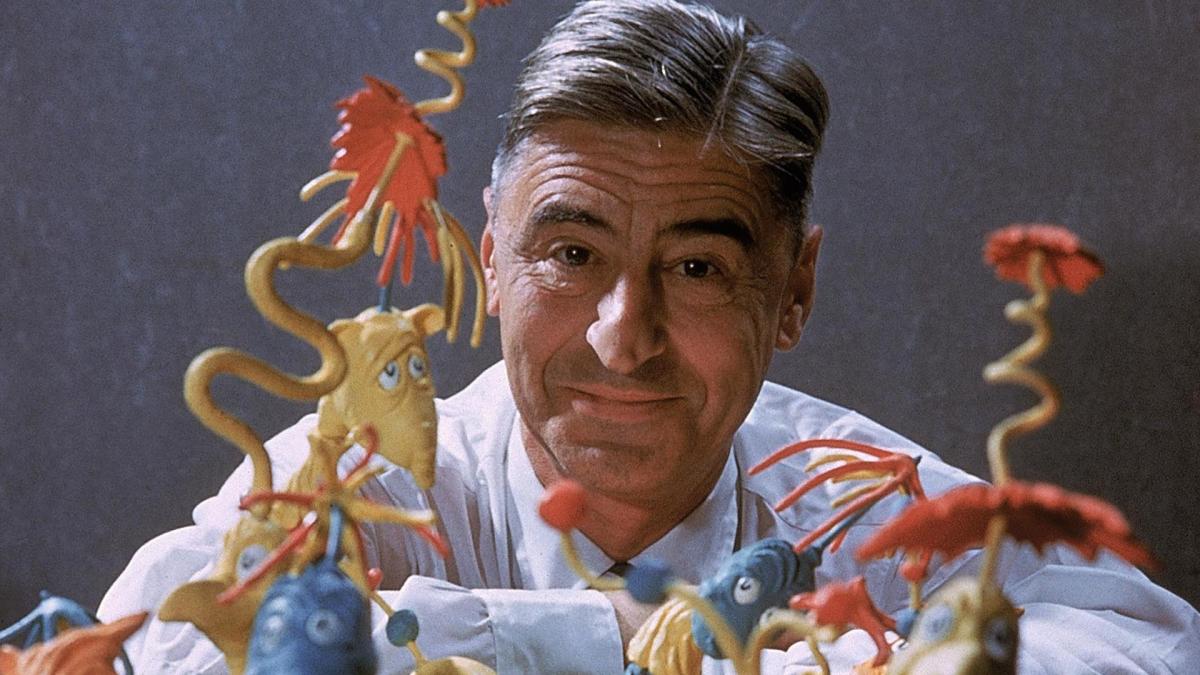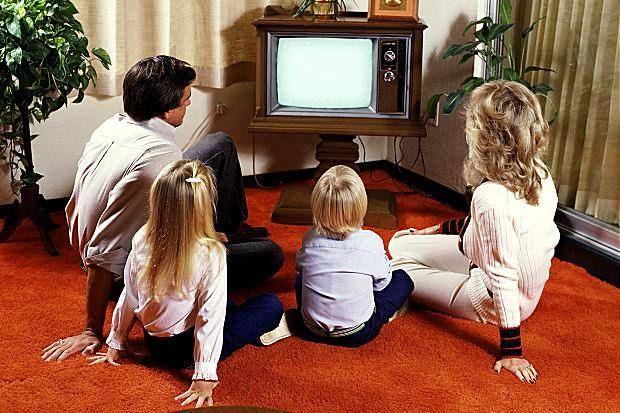He is the recipient of a Pulitzer Prize Lifetime Award, Academy Award, Emmy Award, Peabody Award and Caldecott Honor Award. He has illustrated thousands of characters; however, his black, Asian and Arab characters exploit stereotypes. Is Dr. Seuss one of the most gifted child storytellers or a racist? The headlines are calling on us to make this choice. Will the real Dr. Seuss please stand up?
Background
Theodor Seuss Geisel was born in Springfield, Massachusetts on March 2, 1904. At the time, his family owned one of the largest brewing companies in New England. It would later be shuttered because of Prohibition (1920). To provide some context around his life, he was 13 when the U.S. entered WWI, 25 when the Stock Market crashed, 41 during the attack on Pearl Harbor, and 59 for JFK’s assassination and the March on Washington. He died in 1991 at the age of 87.
Ted attended Dartmouth University and studied at Oxford. He began his career as an illustrator. At 23, he sold his first cartoon to the Saturday Evening Post. His first book, And to Think That I Saw It On Mulberry Street, was published in 1937. In 1941, he became the chief editorial cartoonist at PM newspaper where he published 400 cartoons. Two years later, he put his career on hold and joined the Army.
The Conflict
Last month, Dr. Seuss Enterprises decided to discontinue publication and licensing of six books because the “books portray people in ways that are hurtful and wrong.” This is not the first time his work has been called into question. The criticism of his work stems from images and words he shared in books between 1930 – 50.
In 1998, the National Education Association launched Read Across America. This campaign called “for every child in every school in every community to be in the company of a book on Read Across America Day, in celebration of Dr. Seuss’s birthday.” Bob Chase, the NEA President at the time, remarked that Seuss epitomized a love of children and learning. However, three years ago, it removed all of his books from its resources calendar. Lily Eskelsen Garcia, current NEA President, explained “it’s critical that all students see themselves represented in the popular culture.”
One year later, the Department on Research on Diversity in Youth Literature at St. Catherine University published a study called The Cat is Out of the Bag: Orientalism, Anti-Blackness, and White Supremacy in Dr. Seuss’ Children’s Books. This study condemned much of his work.
His Work
Did you read Horton Hears a Who? It’s the story about an elephant who believes he hears someone living on a speck so he goes to all lengths to protect it. All of the animals think he’s crazy. It turns out, he was right.
What was your take away – a positive message or a racist image? Perhaps, both.
Do you remember the chant – “a person’s a person, no matter how small? Do you remember illustration – two African characters in grass skirts and wearing no shoes carrying an animal to a White male child’s zoo? How about the dedication inside the cover: “To my good friend Mitsugi Nakamura, of Kyoto, Japan.” Did any of these things resonate with you? The more telling question may be, did any of these things go unnoticed?
Geisel was also known for his political cartoons. In 1942, one illustration showed Adolf Hitler and Pierre Laval singing under trees decorated with hanging Jews. In 1943, “Waiting for the Signal From Home,” depicted thousands of men with buck teeth, squinting eyes and little caps on their heads standing in line to pick up TNT. Did he share these drawings to perpetuate a hateful stereotype or condemn the countries that exploited them? What about that book dedication to his Japanese friend?
Reconciliation?
In 1978, Dr. Seuss responded to some of his critics by changing the phrase “Chinaman” to “Chinese Man” and removing the yellow skin tone from And to Think That I Saw It On Mulberry Street. This is one of the six books to be removed from circulation.
Ted Owens, the great nephew of Dr. Seuss, recently offered his perspective. “In 1937, China was as far from the U.S. as you could get. It was not culturally connected. It was an exotic distant land. What he did was shorthand. Would drawing someone from Holland wearing wooden shoes now be offensive? I don’t know.”
How can such an accomplished children’s author also possess one of the ugliest qualities known to humankind? How can he inspire millions to read while insulting millions of others? I can only reach one conclusion after spending hours examining his life, work and criticisms. The truth lies in the eyes of the beholder.
None of us know what was in his heart and mind when he wrote these words and drew these images. We only know how his words and pictures made us feel. Maybe, this is what we should be talking about. We may never know the real Dr. Seuss.
Which Dr. Seuss will stand up for you?






